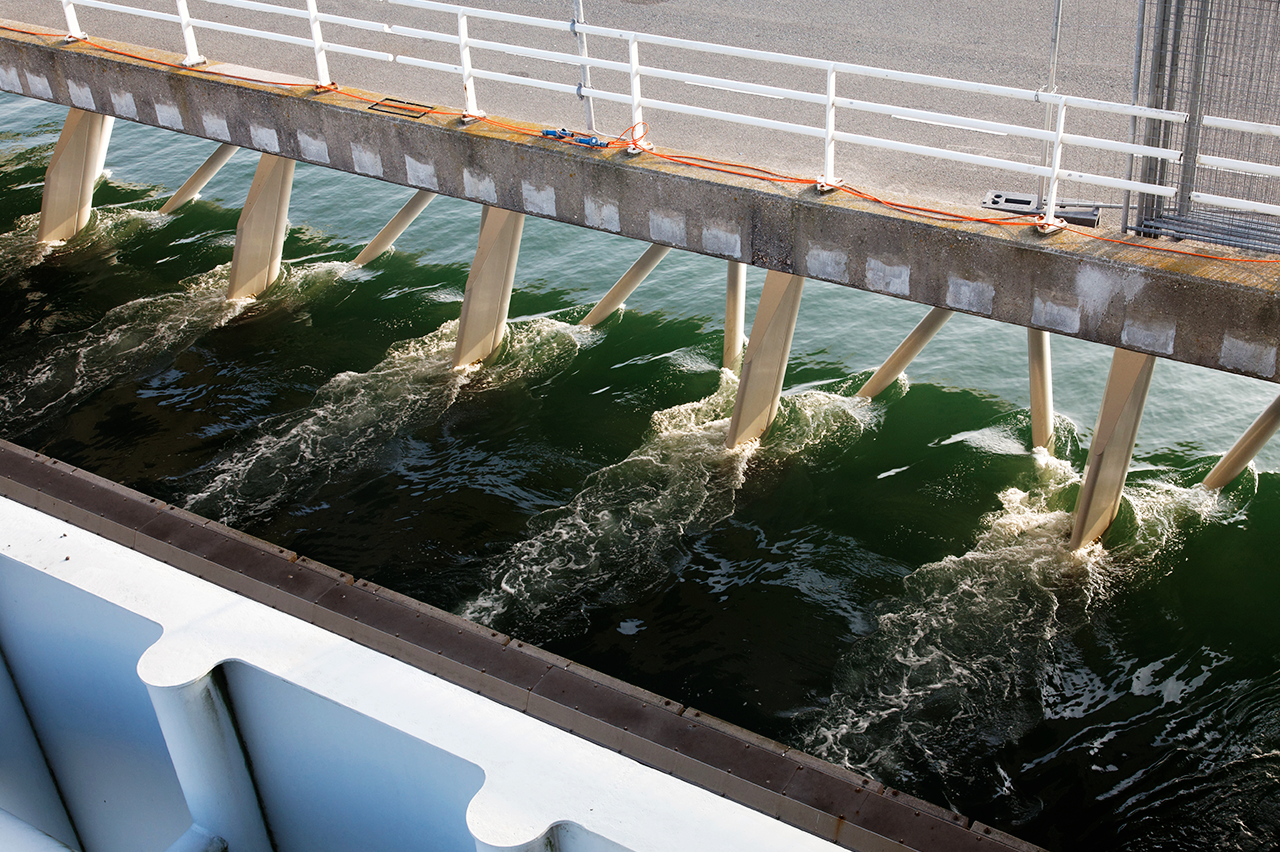Tidal energy, the future of renewable energies
In recent years, renewable energies have shown encouraging growth, to the extent that these days a significant part of the world is already powered by them. According to the International Energy Agency, 29% of the electricity generated in the world comes from renewable sources.

This notable development of renewable energy sources has been achieved thanks to the expansion of options such as solar, wind, hydroelectric, and geothermal energy, as well as biogas. However, there is one that has been less exploited, despite its great potential: marine or tidal energy, also called marine or tidal power.
The reason for this is that sea waves, tides, salinity, and varying ocean temperatures can be directly linked to kinetic energy, largely due to the speed water moves at.
This is how marine energy is emerging as a commercially viable alternative, driven by the use of three-bladed turbines with a horizontal axis, as in hydroelectric power plants.
It is because of this potential that the International Energy Agency (IRENA) regards this option as an essential one for the future. This agency estimates that tidal energy resources currently account for more than 90% of the total installed capacity of offshore energy resources.
Tidal atlas, on the rise
Tidal energy is a relatively new renewable energy source that has special potential in our country, with its 11,122 kilometers of coastline.
Some of the most significant marine currents in the Mexican Republic, such as the oceanic current, located off the coast of Quintana Roo, as well as those arising in the Gulf of California or in the area of Cozumel, can be easily harnessed today.
In this way, it would be possible to take better advantage of the expertise surrounding its capacity, which has been widely used in countries in Europe and Asia. According to Ocean Energy Systems, 21 countries are promoting marine energy generation, with Korea leading the way at 254,000 KW of installed capacity.
By way of an example, the tidal energy plant in Rance (France) - the first of its kind - was inaugurated in 1966 and generates 600 million kilowatt-hours (kWh) annually. Its production can cover 45% of Brittany's electricity demand.
Its capacity has also been exploited in locations such as the Strait of Gibraltar, Mezen Bay (Russia), Patagonia (Argentina), Wallcott (Austria), the Severn River (United Kingdom) and Ochon (Korea). Other nations that also participate in this energy development are the United States and Canada.
It should be noted that, as with other renewable energies, marine energy also provides economic growth. Estimates show that this resource will create 400,000 additional jobs and provide 10% of the European continent's electricity consumption (10 GW) by 2050.
Marine energy’s sustainable capacity
This energy generated by the seas and oceans provides specific characteristics and advantages that promote environmental protection and improve people's lives:
· It is a green and clean energy source.
· It is highly reliable, due to our knowledge of tidal cycles.
· It doesn't produce any type of polluting gas.
· It eliminates the need for fossil fuels.
Yet the power of the sea doesn't stop there; it can also provide wave energy, made possible by the movement of the waves.
Faced with a challenging environmental scenario that demands a transition to sustainable practices, we need to opt for alternatives that provide us with energy without harming the environment. Our oceans represent one such alternative, and they can indeed become inexhaustible sources of electricity.
We know that a huge challenge still lies before us, but if we work in close contact with our oceans, and make the most of their potential, and provide technology, expertise and knowledge, then we can ensure that this energy source will become profitable and accessible, just as wind and photovoltaic energy did, and work together towards a future in which clean energy will lead the country's energy production.
Learn more about this and other energy topics in our blog or check out our website where you can learn more about our energy solutions. If you need more information or would like to sign up for or book any of our services, then please contact us.
Related posts